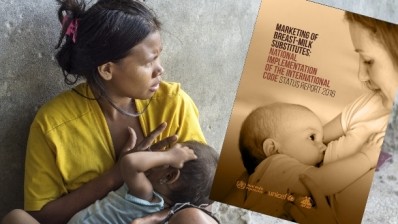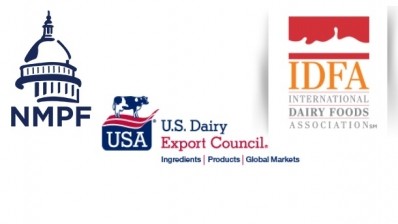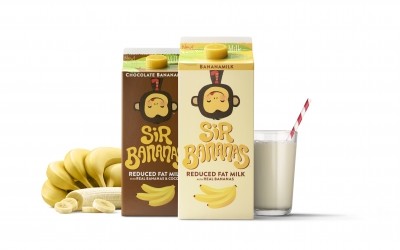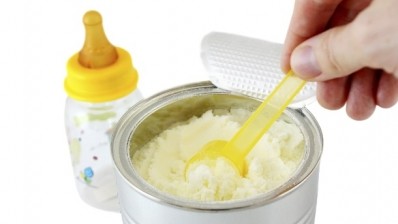NMPF, IDFA sound off against misleading WHO plan banning dairy marketing to kids under three
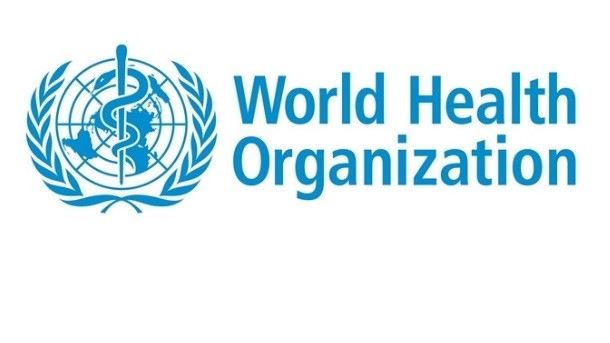
The WHO is seeking to develop guidelines that would limit the marketing and promotion efforts of milk and certain dairy products to children under three years old. The organization believes that parents and other caregivers should be protected from inappropriate and misleading information suggesting that promote breast-milk substitutes and complementary foods as suitable for infants from six months of age to the age of three.
However, in the letter, the NMPF and IDFA are asking Congress to insist that the WHO conduct “a much more thorough analysis of the scientific basis for and potential consequences of this proposal before the WHO pushes forward with further action in this area."
36-month mark
The NMPF and IDFA maintain that the WHO report has a misleading message that dairy is inappropriate for young children under the age of three, and that its latest revisions do not support the established science of milk’s nutritional properties.
“The concern is that the proposal is rather vague and certainly can be construed as not allowing the marketing of anything that substitutes for human breast milk for kids up to the age of three,” Christopher Galen, from the NMPF, told DairyReporter.
The WHO proposal says that breast-milk substitutes are being indirectly promoted through association with commercial complementary foods, and that inaccurate claims are being made that those products will improve a child’s health or intellectual performance.
“The WHO guidance document is a de facto criticism of all milk consumption by toddlers,” said Jim Mulhern, president and CEO of NMPF.
“This flies in the face of all credible, international nutrition research, and would confuse consumers across the globe.”
Nutrition standoff
The WHO wants to curb global malnutrition by promoting the use of breast milk for all children under the age of three and sees the promotion of other complementary foods as deterring this goal.
“Complementary foods have been shown to displace the intake of breast-milk if the amounts provided represent a substantial proportion of energy requirements. Commercial complementary foods vary widely in quality, with some improving nutrient intake by providing those nutrients which are either lacking or are present in insufficient quantities in the diets of young children, while others are of concern due to high levels of added sugars or salt,” the WHO proposal stated.
However, the IDFA and NMPF believe that labeling complementary dairy foods and supplements as “inappropriate” will have negative nutritional consequences among young children.
“It could lead to loss of nutritionally adequate diets, particularly in the developing world, where breastfeeding may or may not be possible up to 36 months, and if you can’t do that, then what do you do?” Galen said.
“There is a health substitute that is recognized by health experts around the world as providing a lot of different vitamins and minerals for little kids, they shouldn’t be confused or talked out of relying on those, if those are the best available sources of nutrition available to them.”
